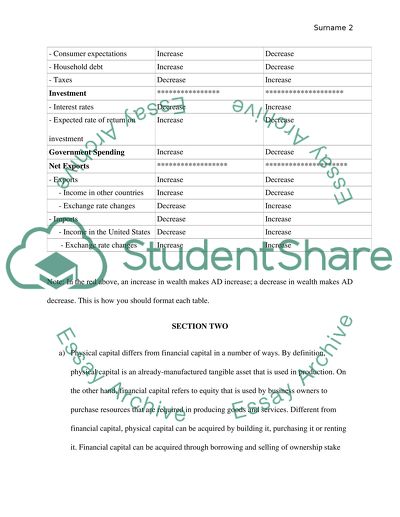Cite this document
(“Physical capitals and financial capital Essay Example | Topics and Well Written Essays - 1750 words”, n.d.)
Retrieved from https://studentshare.org/macro-microeconomics/1396205-macroeconomics
Retrieved from https://studentshare.org/macro-microeconomics/1396205-macroeconomics
(Physical Capitals and Financial Capital Essay Example | Topics and Well Written Essays - 1750 Words)
https://studentshare.org/macro-microeconomics/1396205-macroeconomics.
https://studentshare.org/macro-microeconomics/1396205-macroeconomics.
“Physical Capitals and Financial Capital Essay Example | Topics and Well Written Essays - 1750 Words”, n.d. https://studentshare.org/macro-microeconomics/1396205-macroeconomics.


